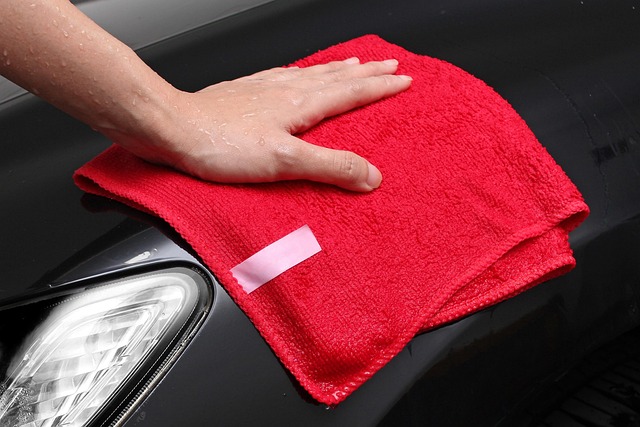How to Use Car Cleaner Spray for Effective Vehicle Cleaning
Car cleaner spray is a convenient option for regular upkeep, addressing light dirt, fingerprints, and dust on both interior and exterior surfaces. Used correctly, sprays and foams can reduce washing time and protect finishes without damaging trim or fabrics. This article explains what these products are, how to choose them, safe application techniques, and maintenance tips to keep your car looking its best while avoiding common mistakes.

What is a car cleaner spray and foam?
Car cleaner sprays are liquid formulations designed to dissolve and lift dirt from surfaces without heavy scrubbing. Some come as light sprays for dashboards and glass, while others are foams that cling to grime on paint or upholstery, allowing longer dwell time. Foam variants often use surfactants and water-holding agents so soil breaks down before wiping. Knowing the difference helps you match product type to the cleaning task — light dusting, spot cleaning, or deeper stain removal.
How to choose a spray for your vehicle
Choose a product labeled for the specific surface: paint-safe sprays for exterior panels, glass sprays for windows, and interior formulas for vinyl, leather, or fabric. Look for pH-balanced, non-abrasive formulations if you’re cleaning delicate finishes. If avoiding strong solvents is important, search for water-based or biodegradable options. Always review manufacturer guidance and test any product in a small, inconspicuous area first. Selecting the correct spray reduces the risk of discoloration, dulling, or residue buildup on your vehicle.
Preparing surfaces before spray cleaning
Preparation matters: rinse or brush away loose grit before applying spray or foam to paint to avoid scratching. For interior work, vacuum seats and carpets to remove abrasive particles. When using foam, allow it to dwell per instructions so it lifts grime; when using spray on dashboards, wipe with a clean microfiber to reduce streaking. Proper surface prep minimizes effort and improves final results, especially on road film, brake dust, or oily fingerprints on steering wheels and consoles.
Using spray and foam on interior and exterior
For exterior panels, apply spray or foam from top to bottom and keep shaded to avoid rapid drying or water spots. Use a soft microfiber or lambswool mitt to spread and gently lift contaminants. For glass, use a lint-free cloth and a vertical then horizontal motion to avoid streaks. On upholstery, mist fabric cleaner lightly and blot rather than oversaturate; for leather, apply a small amount and condition after cleaning. Avoid aggressive scrubbing on painted surfaces and plastic trim to prevent abrasion or fading.
Maintenance and safety when cleaning a vehicle
Store sprays and foams away from direct heat and keep caps tightly closed to preserve active ingredients. Wear gloves if you have sensitive skin and ensure good ventilation when using stronger solvent-based products. Follow disposal guidance on labels to reduce environmental impact, and choose biodegradable formulas when possible. For recurring upkeep, regular light cleaning with a spray helps reduce the need for heavy washes. For deep restoration or specialized coatings, consider professional local services that can provide expertise and equipment.
Conclusion
Car cleaner sprays and foams offer practical solutions for everyday vehicle cleaning when matched to the right surfaces and used with proper technique. From selecting a pH-balanced spray to preparing surfaces and applying foam correctly, small precautions protect finishes and extend the life of interior materials. Regular, gentle cleaning reduces buildup and helps maintain a consistent appearance, while occasional professional services can address more intensive needs. With basic knowledge and the right products, cleaning becomes quicker and safer for both you and your car.





